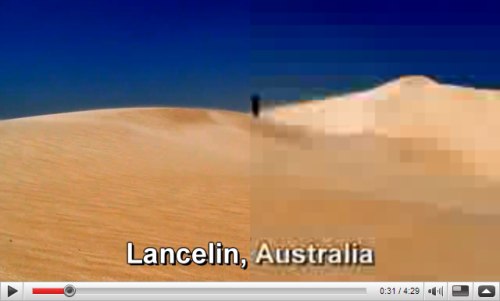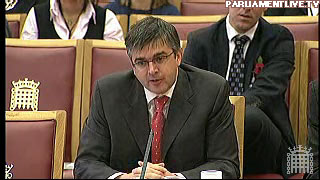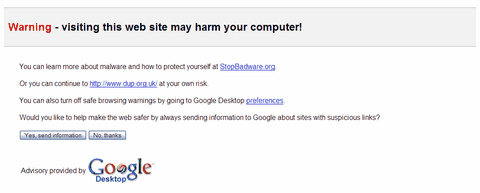With the long Bank Holiday weekend behind us, Sunday’s Observer piece by Hazel Blears already seems like a distant memory. ‘YouTube if you want to,’ she wrote – somewhat provocatively, on the weekend we recall Margaret Thatcher’s ascension to Downing Street. Quite a soundbite, especially considering her reflection in that same piece that: ‘No government after 12 years in office can compete on slick presentation and clever soundbites.’
Having finally read the piece, it seems much more reasoned and balanced than the coverage would have you believe. The opening clause – ‘When Gordon Brown leads Labour into the next general election’ – wasn’t sufficient to stop ludicrous leadership speculation. Nor were the words ‘I’m not against new media’, nor indeed her previous statements on the subject, enough to prevent people seeing it as anti-YouTube per se.
Blears’s fundamental point, surely, was this: ‘Labour ministers have a collective responsibility for the government’s lamentable failure to get our message across… We need to have a relationship with the voters based on shared instincts and emotions.’ She does not say that YouTube – or any other new media/social tools – aren’t part of this. What she says, correctly, is that they are ‘no substitute’ for proper, face-to-face politics.
‘We need to plug ourselves back into people’s emotions and instincts and sound a little less ministerial and a little more human,’ she writes. I couldn’t agree more. Talking to people in the street is certainly one way to do this. Talking to them online, via a blog or Twitter, is another. Talking down a camera lens can also work. But some methods will work better with certain audiences – and for certain politicians. Not all politicians are gifted writers, or on-camera performers.
Hazel Blears is hitting the nail squarely on the head here. In a year’s time, presumably, we’ll be asked to give this government another 4-5 years in office, on top of the 13 they’ll already have had. Why should we? They need to find a good answer to that very simple question, fast – and then get it out via every channel at their disposal.







